Software

Fixing the Kotlin Error: “Smart Cast to ‘Type’ is Impossible”
Explore solutions for resolving the "Smart cast to ‘Type’ is impossible" error in Kotlin, including the use of immutable variables, explicit casting, local variables, and functional programming techniques. This guide provides insights into smart casting, its limitations, and practical workarounds to ensure type safety and maintainability in your Kotlin applications.

Understanding Dynamic and Static Binding in Java
Dive into the intricacies of static and dynamic binding in Java, exploring their differences, workings, and implications on performance and polymorphism. This article sheds light on how these binding mechanisms influence Java programming, offering insights into method calls, overriding, and the role of the Java Virtual Machine (JVM) in executing code.
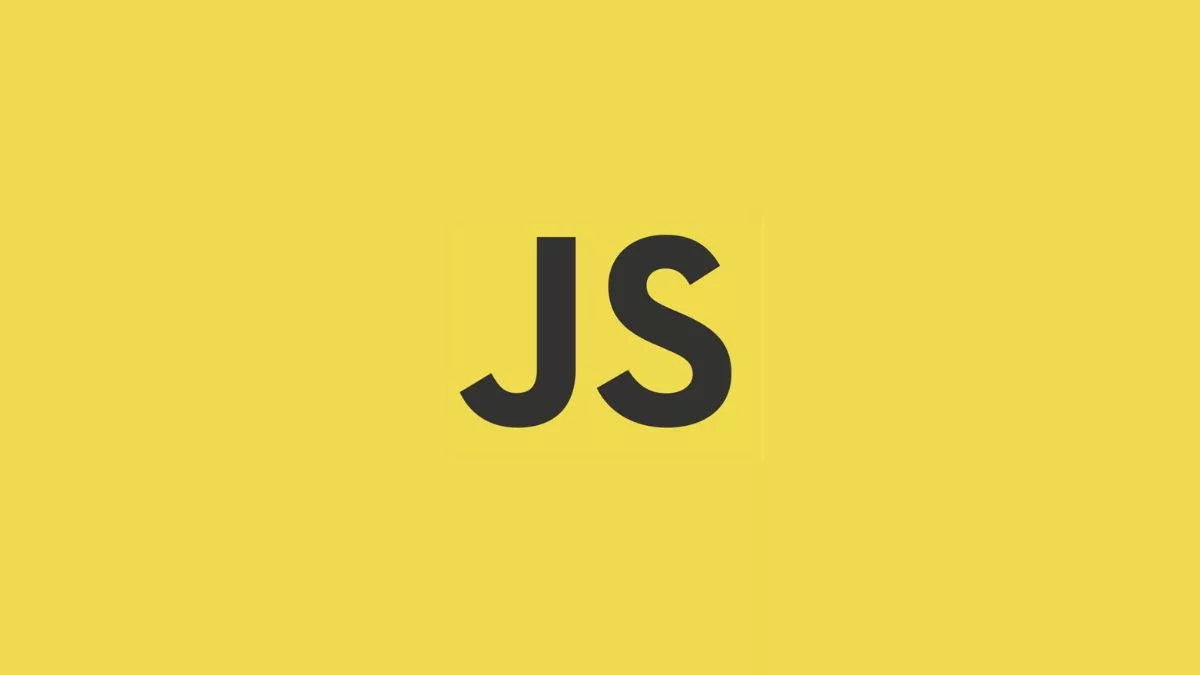
Navigating JSON Data with JSONPath.parse: A Comprehensive Guide
Dive into the world of JSONPath.parse, a powerful method for querying and manipulating JSON data with ease. This comprehensive guide explores syntax, capabilities, and real-world use cases, demonstrating how developers can streamline data extraction, analysis, and testing in modern web development.
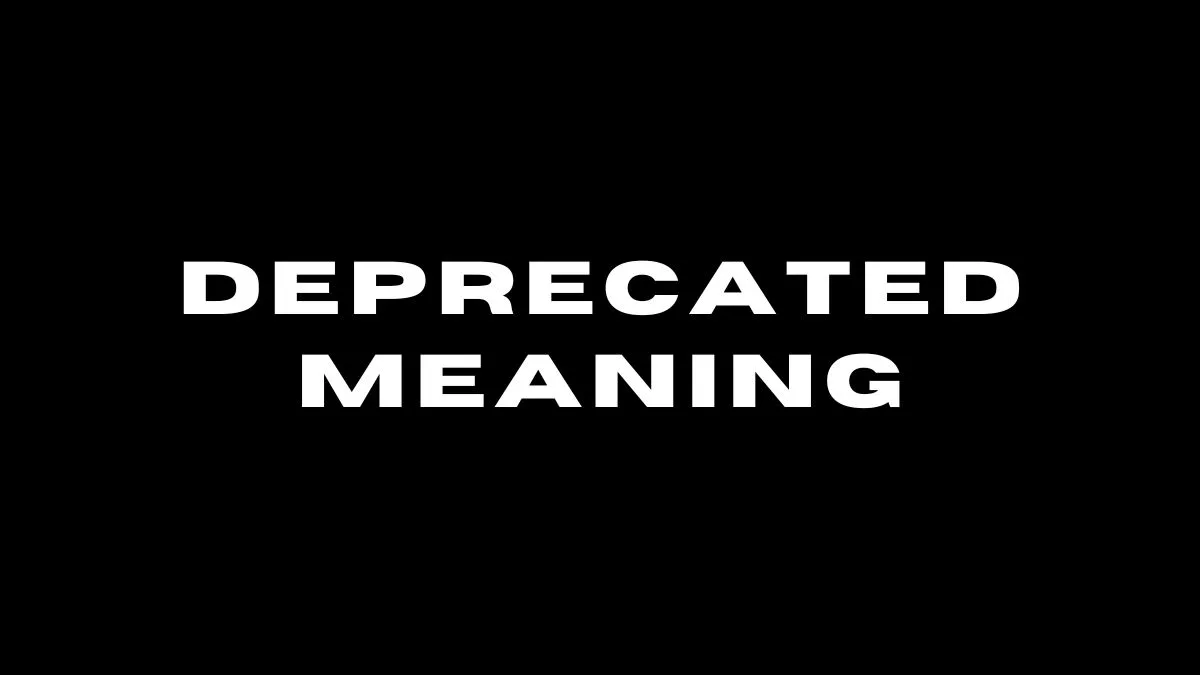
Navigating the Waters of Deprecated Features in Software Development
Explore the concept of deprecation in software development, including its reasons, implications, and best practices for handling deprecated features. Learn how to navigate deprecated elements to ensure your applications remain secure, efficient, and future-proof, staying informed about updates and actively planning for migration.

Unraveling the Java Diamond Operator: Simplifying Generics
Discover the Java diamond operator, introduced in Java 7 to simplify generics code, enhancing readability and maintainability. Learn about its benefits, how it works through type inference, its limitations, and best practices for using this shorthand notation in your Java projects for cleaner, less verbose code.

Mastering Java Generics: Enhancing Code Reusability and Type Safety
Dive into the world of Java Generics to learn how they enhance code reusability, type safety, and readability. This article covers the fundamentals, benefits, use cases, and best practices of using Java Generics, along with insights on navigating their limitations, to help developers write robust and maintainable Java applications.
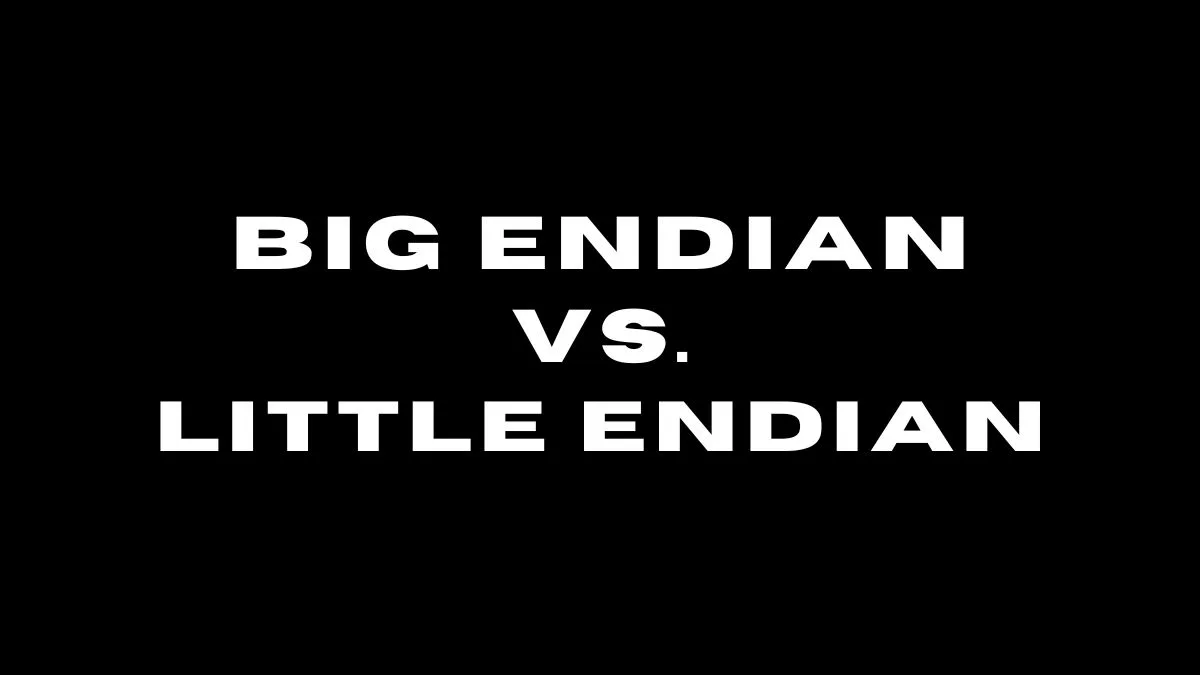
Big Endian vs Little Endian: Understanding Byte Order in Computing
Explore the fundamental concepts of Big Endian and Little Endian byte orders in computing, their implications on cross-platform compatibility, network protocols, performance, and data serialization. This article provides a deep dive into understanding endianness, its impact on software development, and strategies for managing byte order differences effectively.
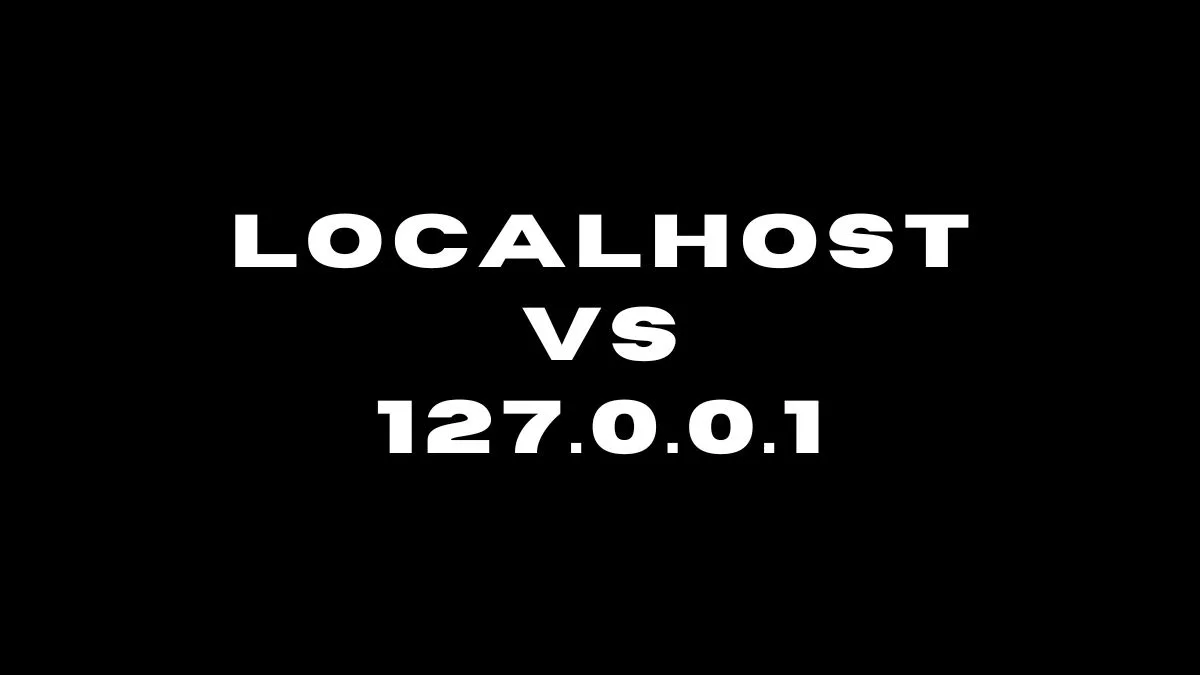
Understanding the Difference Between localhost and 127.0.0.1
Explore the differences between localhost and 127.0.0.1, including their resolution processes, performance considerations, and practical uses in networking and web development. This article delves into why understanding these distinctions is crucial for optimizing performance, troubleshooting, and ensuring application compatibility.

Building RESTful APIs with Apache CXF: A Comprehensive Guide
Dive into building RESTful APIs using Apache CXF with this comprehensive guide. Learn about setup, key features, and a step-by-step approach to creating secure, scalable web services in Java, including best practices for design, documentation, and security. Perfect for developers looking to leverage Apache CXF for enterprise-grade applications.
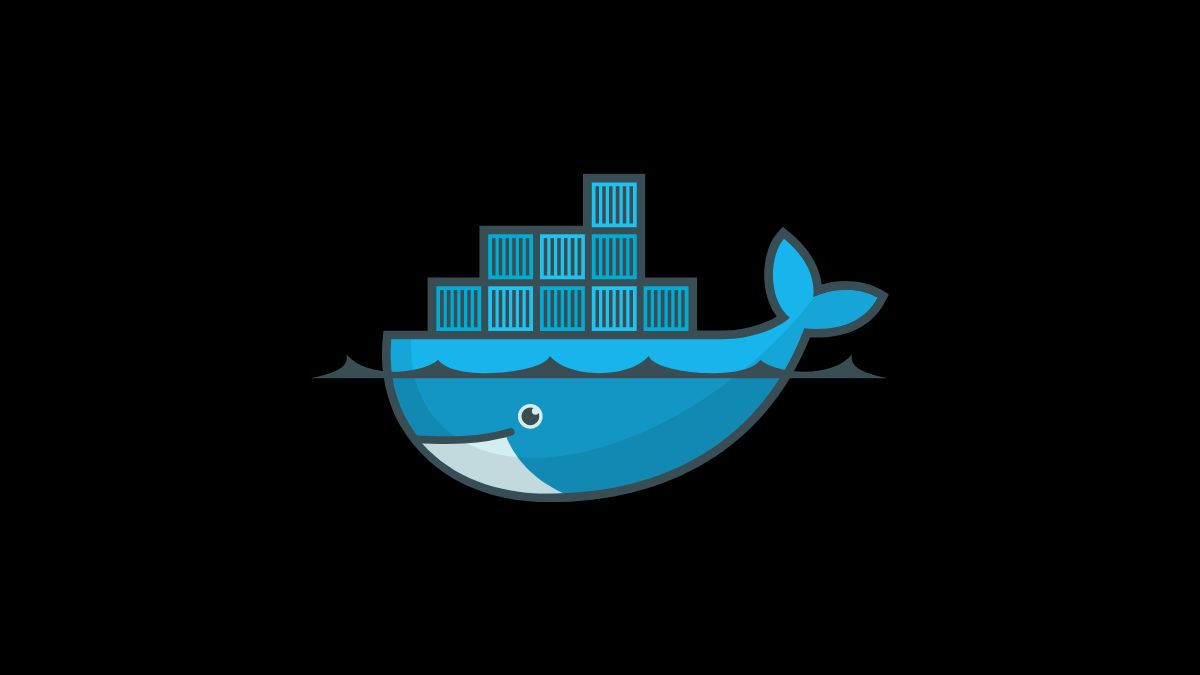
Docker Compose Build No Cache: Building Images with No Cache for Fresh Deployments
Explore how to use Docker Compose to build images without cache, ensuring fresh deployments every time. This guide offers insights into the --no-cache option for Docker Compose builds, perfect for developers looking to achieve consistent and clean builds in their Docker environments.
